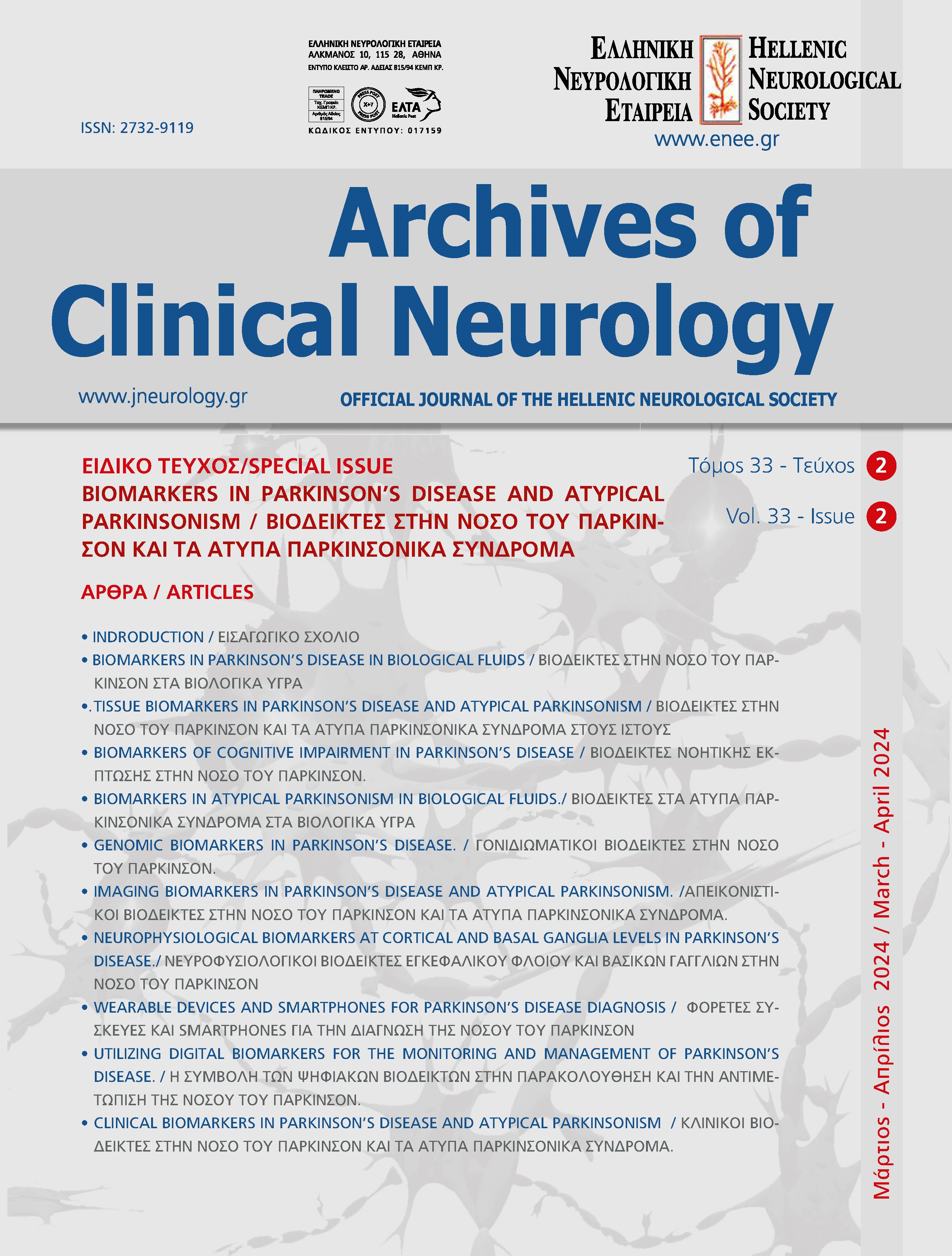IMAGING BIOMARKERS IN PARKINSON’S DISEASE
Keywords:
Biomarkers, Imaging, Parkinson’s, Parkinsonism, Diagnosis, Disease staging, Progression tracking, MRI, PET, SPECT, cardiac scintigraphy, molecular imagingAbstract
Parkinson’s Disease (PD) is a complex neurodegenerative disorder characterized by dopaminergic neuron
loss and alpha-synuclein aggregates. Currently, PD diagnosis relies on clinical criteria. Imaging biomarkers
have gained attention due to their ability to provide quantitative and localized information about both
brain structure and function. Advanced MRI techniques, such as Volumetric MRI, Diffusion Tensor Imaging,
Free Water Imaging, Susceptibility Weighted Imaging, and Neuromelanin-sensitive MRI, offer insights into
brain structure, function, and molecular pathology. Molecular imaging techniques, including Positron
Emission Tomography (PET) and Single-Photon Emission Computed Tomography (SPECT), use specific
tracers to assess the integrity and function of dopaminergic, as well as serotonergic, noradrenergic, and
cholinergic pathway. These techniques also evaluate neuroinflammation and visualize brain metabolism,
identifying patterns associated with PD and related disorders. Additionally, alpha-synuclein and tau imaging
have emerged as promising techniques for directly visualizing and quantifying the pathological proteins
implicated in PD and other neurodegenerative conditions. These methods show significant potential for
early diagnosis, differential diagnosis, disease staging, progression tracking, and assessing therapeutic
responses in the context of clinical trials. This review underscores the evolving landscape of imaging
biomarkers in PD, emphasizing their current status and integration into clinical practice.


